The Gulf Coast National Heritage Area
One of the most prestigious designations in the country honoring culture and natural resources recognizes the treasures of the Mississippi Coast. Find out more about the program and how it can help us shine!
- story by Rebecca Orfila, photos by Rebecca Orfila and Ellis Anderson
 The Bon Silene Rose The Bon Silene Rose
Heritage areas are congressionally designated regions that connect natural, cultural, and historic resources in order to recognize the diverse nature of our nearby heritage. Currently, 49 Heritage Areas have been established within the national program. Per the National Park Service (NPS), these nationally identified heritage areas are “lived-in landscapes” and not governed by the NPS. Instead, the heritage areas team up with the home communities to focus on local interests and needs.
Local management of the Mississippi Gulf Coast Heritage Area is the job of Department of Marine Resources’ Deputy Director of Coastal Restoration and Resiliency, Rhonda Price and her staff. Price works to facilitate the necessary partnerships of communities, governmental agencies, non-profit organizations, and individuals who value our region's rich cultural diversity, history, traditions, and natural beauty. Among her list of projects for 2016, Price described taking the Bon Silene project a step further with plans to bring back the Bon Silene roses to the property. The property took its name from the carmine-pink flowers that were originally planted on the grounds. In 2015, grants totaling $200,000 were awarded by the Mississippi Gulf Coast Heritage Area to help support diverse initiatives. All of the grant awards will be matched with local or state funding and donated services.
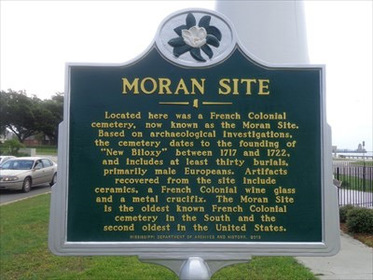
Following Hurricane Camille, foundation repairs of Joe Moran’s art studio in Biloxi uncovered twelve skeletons that were originally identified as Native American. Moran protected the skeletons in situ and went on about his studio work. Hurricane Katrina ultimately destroyed the structure, which allowed for additional excavation and study of the site. This examination resulted in the identification of 20 additional burials. Following osteological study, the remains were identified as French Colonial settlers. The Moran site is now recognized as the second oldest cemetery of French Colonial settlers in the United States.
The remains of the settlers were reburied on site in Biloxi. The reinterment ceremony included a Rite of Committal conducted by Bishop Roger Morin. Also participating were Knights of Columbus from local churches as well as members of the 1699 Society in period garb from Ocean Springs. As with the planned landscaping at Bon Silene, Rhonda Price and her team are finalizing plans for a memorial garden at the burial site of the settlers. Design of the gardens will include evergreens styled in the parterre fashion. Additionally, a life-size sculpture of a weeping angel will be included to honor the colonists and their suffering. Whether for restoration, preservation, access projects, signage, or educational programs, the Department of Marine Resources’ Mississippi Gulf Coast Heritage Area team encourages leaders of our area resources to apply for annual grants. For additional information, click here. Note: The Bon Silene Restoration and Preservation Project was the Recipient of a 2014 Heritage Award for Preservation Education and the Trustees Award for Exemplary Restoration of a Mississippi Landmark. Comments are closed.
|
Categories
All
Archives
July 2024
|
Shoofly Magazine Partners
Our Shoofly Partners are local businesses and organizations who share our mission to enrich community life in Bay St. Louis, Waveland, Diamondhead and Pass Christian. These are limited in number to maximize visibility. Email us now to become a Shoofly Partner!

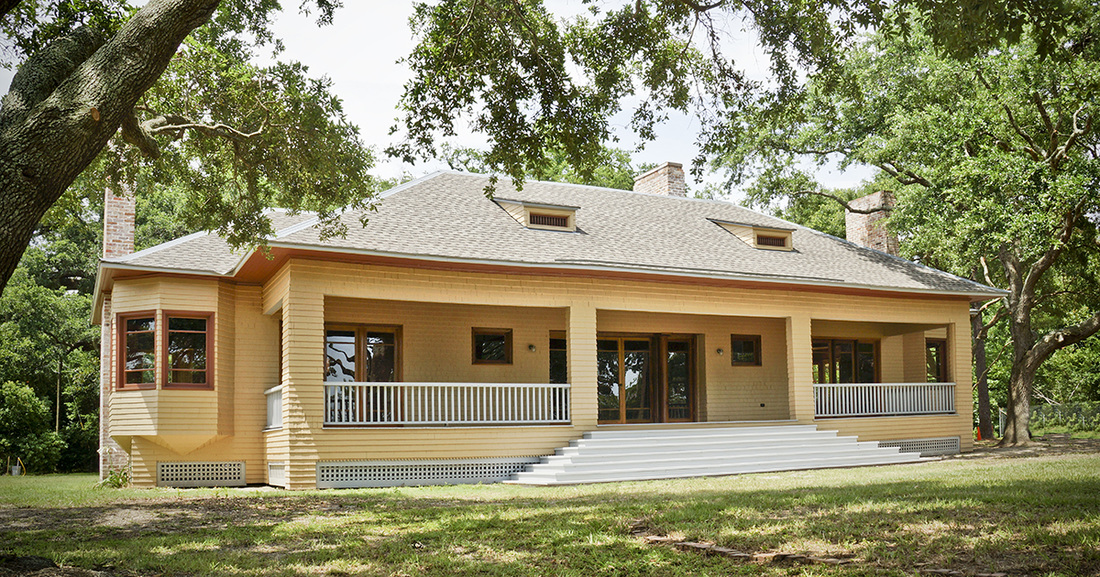
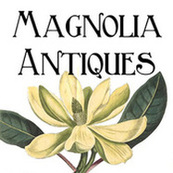
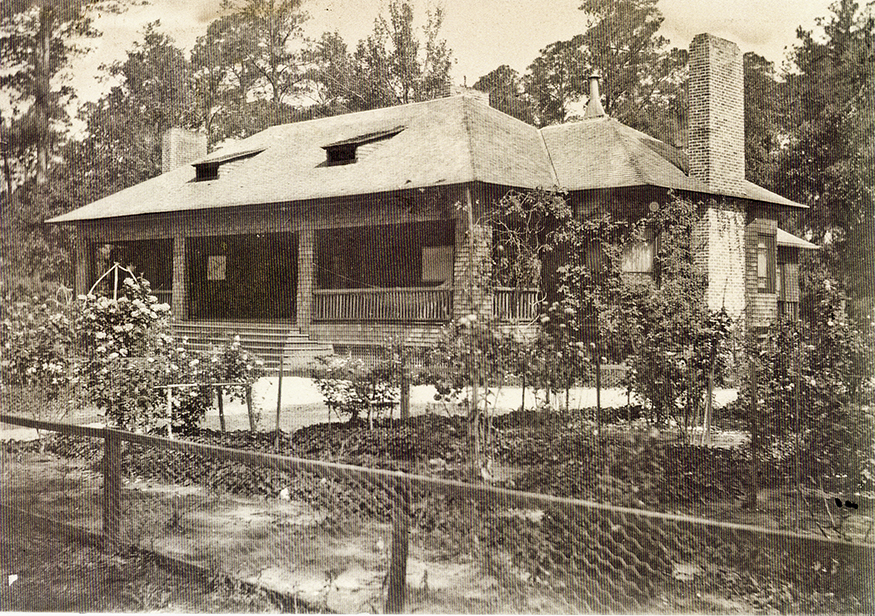
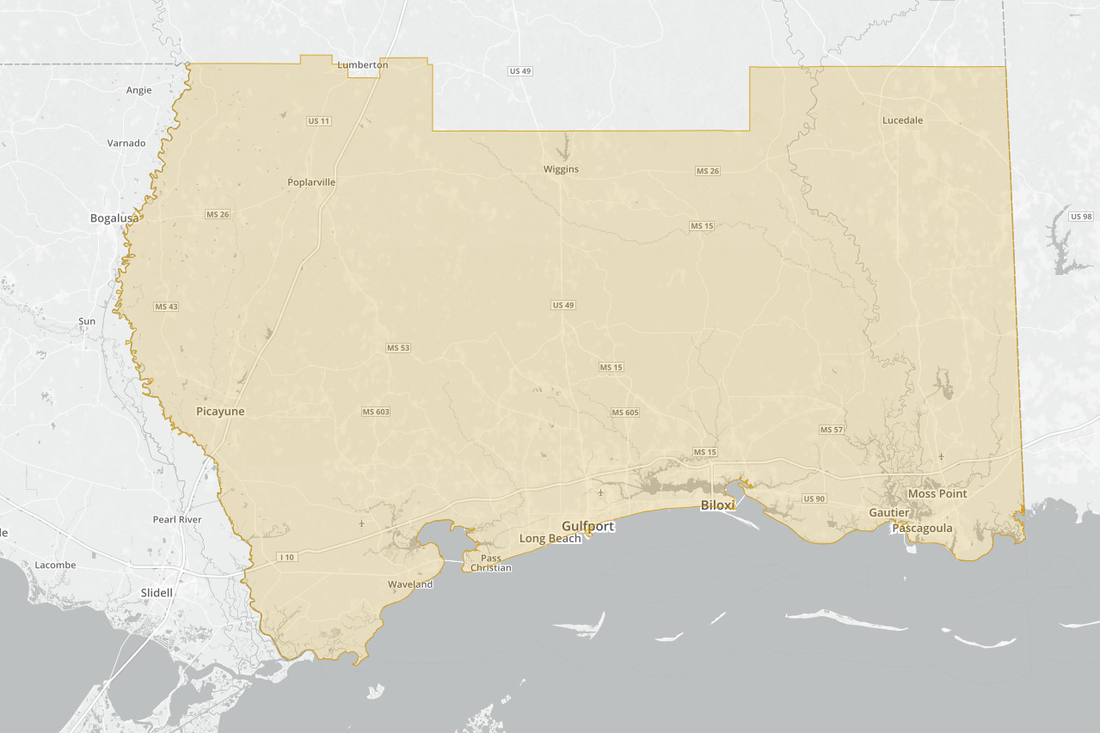

























 RSS Feed
RSS Feed























